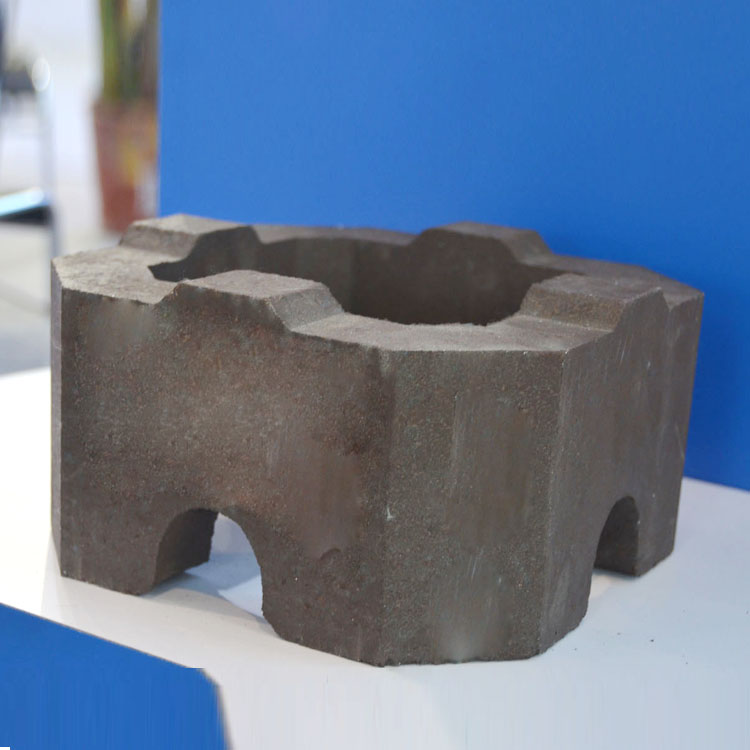.jpg?x-oss-process=image/resize,h_1000,m_lfit/format,webp)
In the large dry-process cement rotary kiln industry, traditional lining materials such as high-quality magnesia-chrome bricks have long been used. However, they come with several significant problems. For example, magnesia-chrome bricks can release hexavalent chromium during use, which is highly toxic and poses a serious threat to the environment and human health. Moreover, their performance in terms of temperature stability and corrosion resistance is gradually failing to meet the increasing demands of modern cement production. According to industry statistics, nearly 30% of production stoppages in cement plants are related to the deterioration of traditional lining materials, resulting in significant economic losses.

Magnesium ferrite spinel bricks and synthetic magnesium ferrite aluminum spinel bricks are produced using high-purity magnesia and iron-aluminum spinel clinker. The manufacturing process is carried out under strictly controlled temperature and sintering atmosphere conditions. First, the raw materials are precisely proportioned to ensure the optimal chemical composition of the bricks. Then, they are pressed into the desired shape using high-pressure molding techniques. Finally, the bricks are fired in a kiln at a high temperature ranging from 1600°C to 1800°C, during which the spinel phase is formed, endowing the bricks with excellent properties.
These spinel bricks exhibit outstanding characteristics. In terms of flexibility, they can withstand certain thermal stresses and mechanical vibrations without cracking easily. Regarding temperature stability, they can maintain their structural integrity and performance at high temperatures up to 1600°C. In an actual experiment, the weight loss of magnesium ferrite spinel bricks after being heated at 1600°C for 24 hours was less than 3%, indicating excellent high-temperature stability. In addition, their kiln wall bonding performance is superior, which helps to form a stable protective layer on the kiln wall, and their corrosion resistance is also remarkable. They can resist the erosion of various alkaline substances and molten salts in the cement production process.
.jpg)
| Performance Indicators | Magnesium Ferrite Spinel Bricks | Traditional Magnesia-chrome Bricks |
|---|---|---|
| Environmental Friendliness | Non-toxic, no hexavalent chromium release | May release hexavalent chromium |
| Temperature Stability | Can maintain performance at 1600°C | Performance may decline at high temperatures |
| Corrosion Resistance | Excellent resistance to alkaline substances and molten salts | Vulnerable to certain chemical attacks |
For cement production enterprises, these spinel bricks bring significant value. They can reduce production downtime caused by lining material replacement, thereby increasing production efficiency. For example, a large cement plant in Europe replaced its traditional lining materials with magnesium ferrite spinel bricks. As a result, the kiln's service life was extended by more than 20%, and the annual production increased by about 15%. In addition, the use of these environmentally friendly bricks helps enterprises meet environmental protection requirements and enhance their social image.
.jpg)
Magnesium ferrite spinel bricks and synthetic magnesium ferrite aluminum spinel bricks represent the development trend of the large dry-process cement rotary kiln lining material industry. With the increasing emphasis on environmental protection and the continuous improvement of cement production technology, the demand for high-performance and environmentally friendly lining materials is growing. These spinel bricks, with their excellent performance and environmental advantages, are gradually becoming the first choice for cement production enterprises around the world.
Don't miss out on this revolutionary product! Contact us now to learn more about magnesium ferrite spinel bricks and how they can transform your cement production process.


